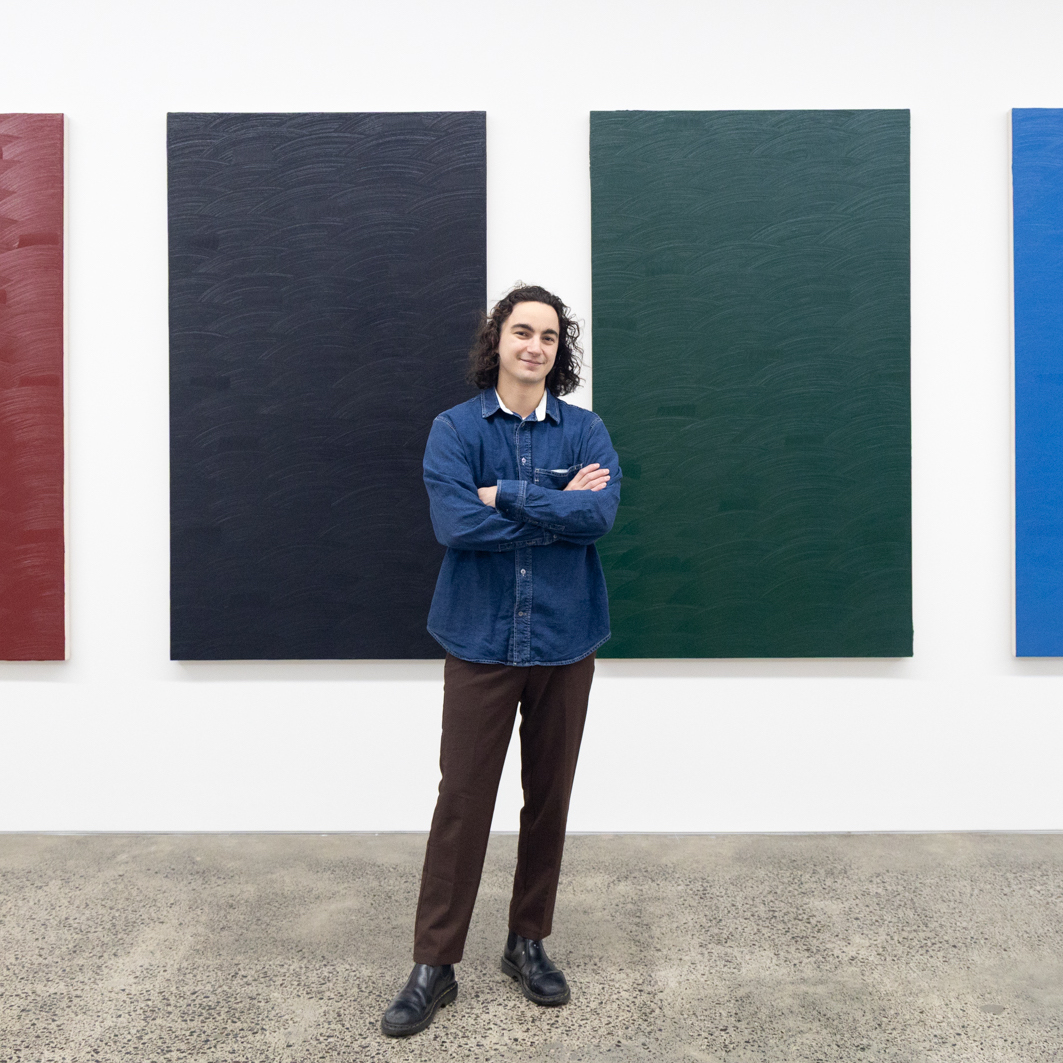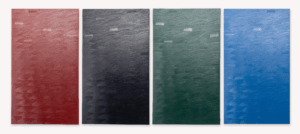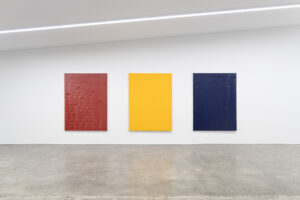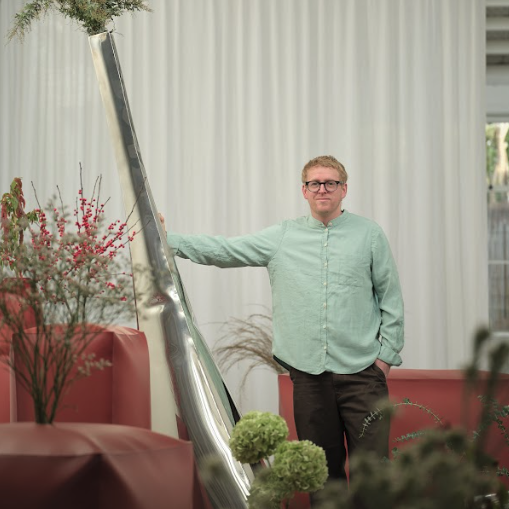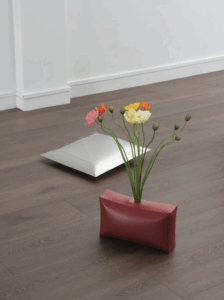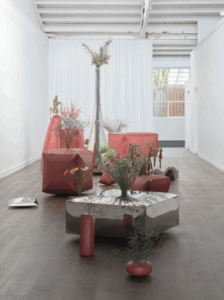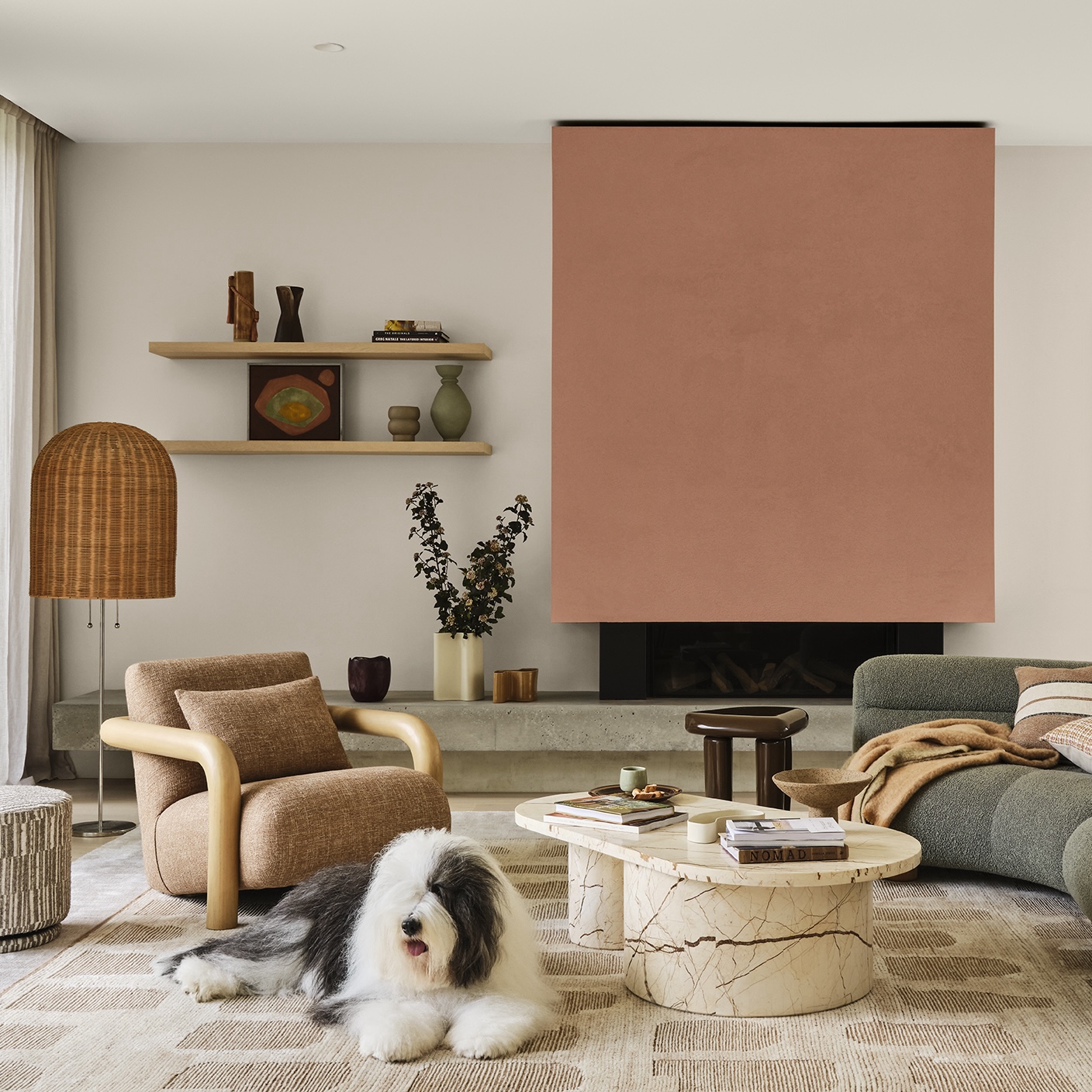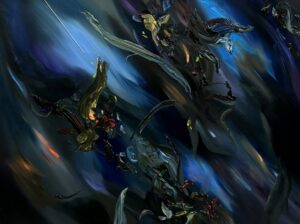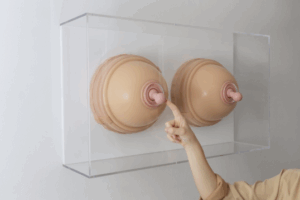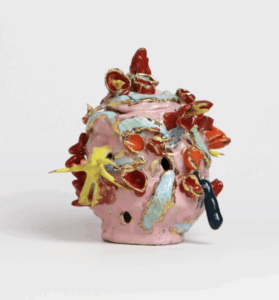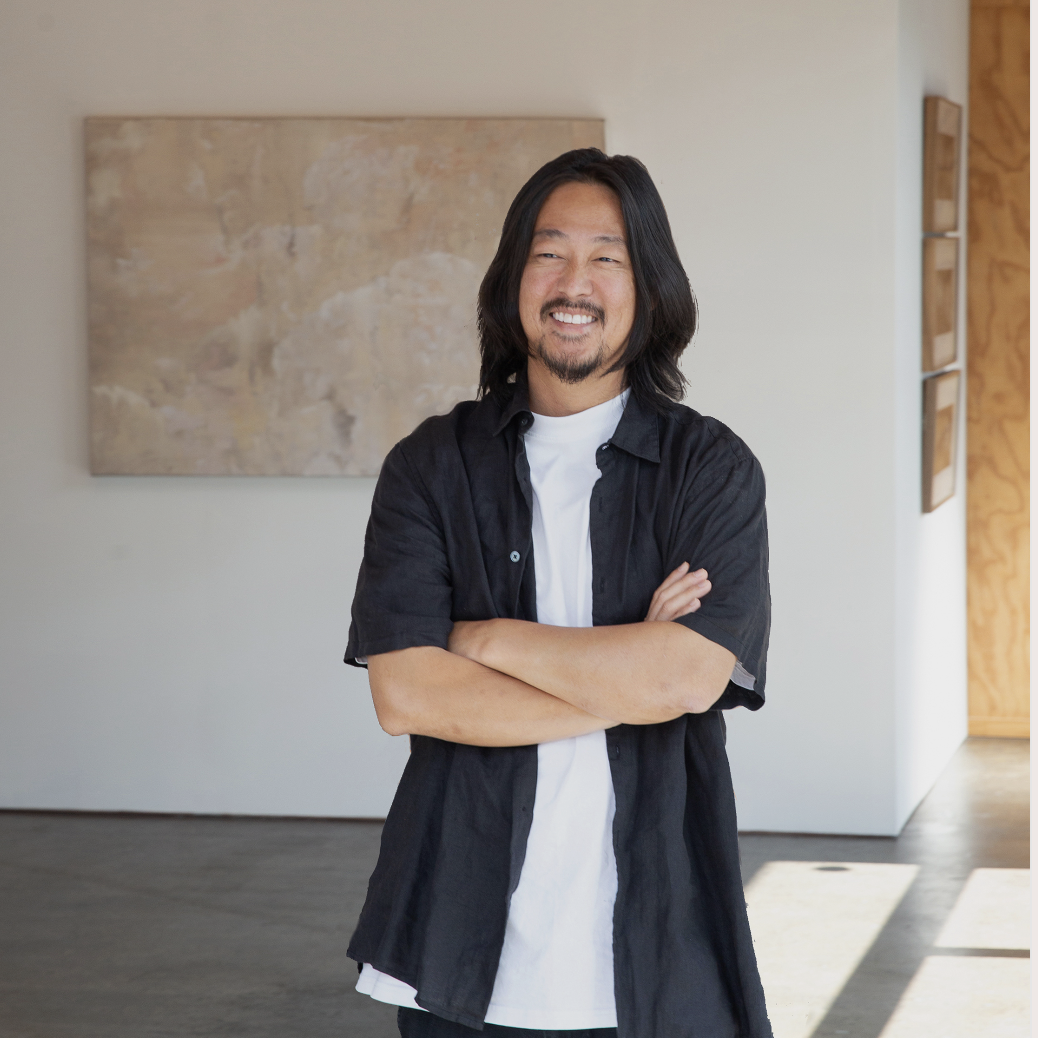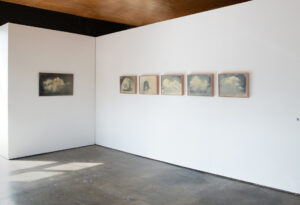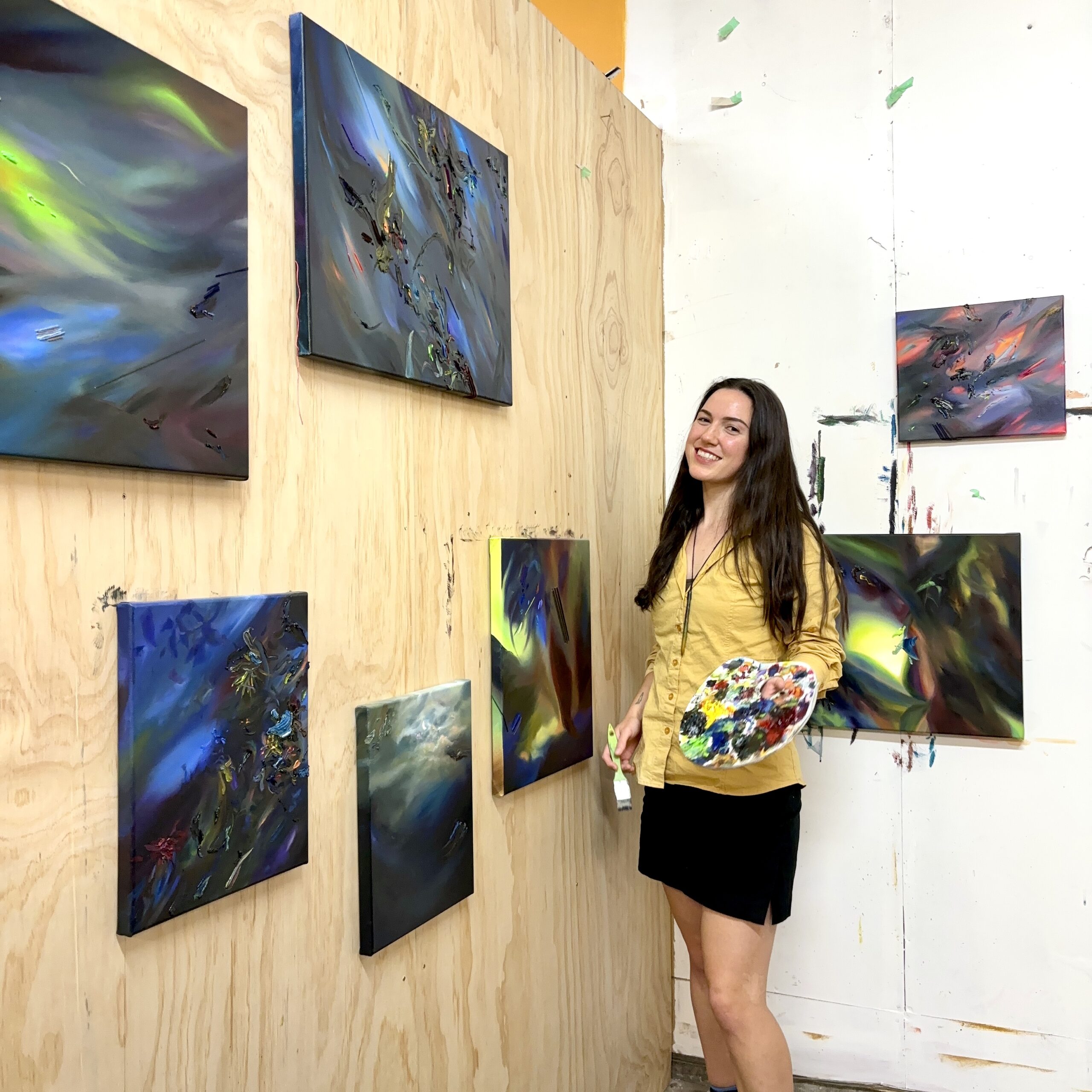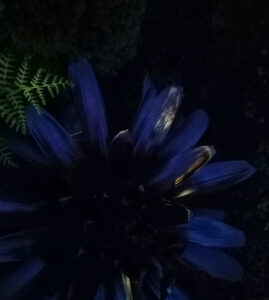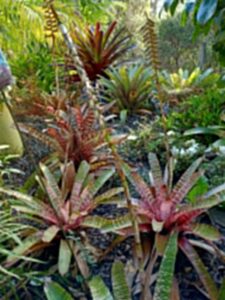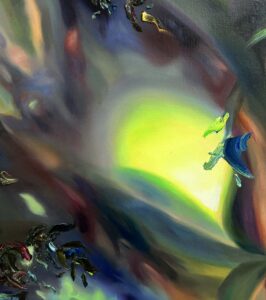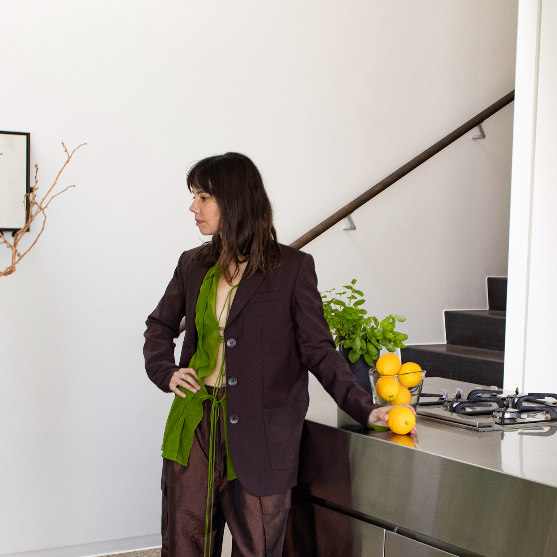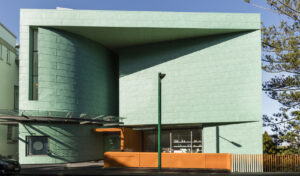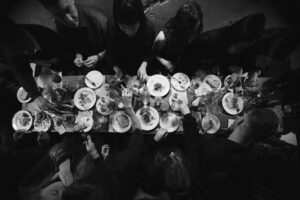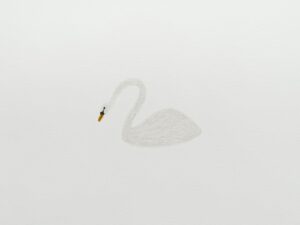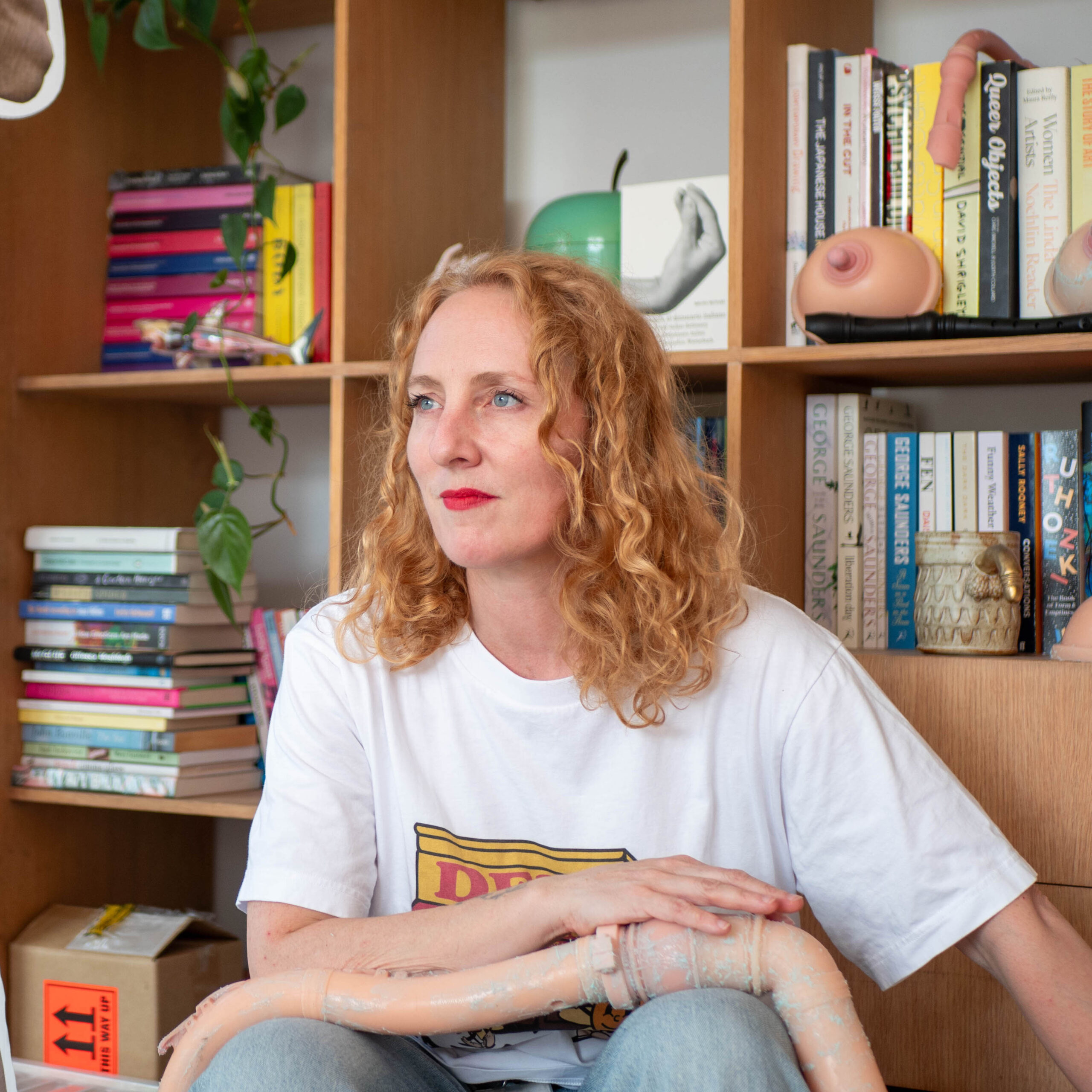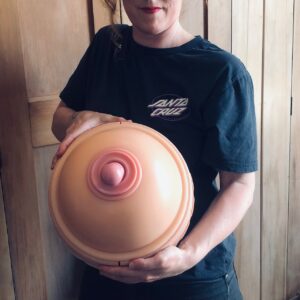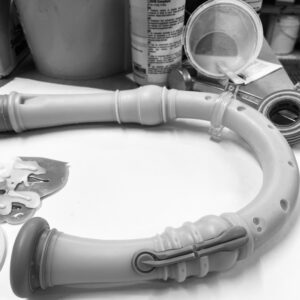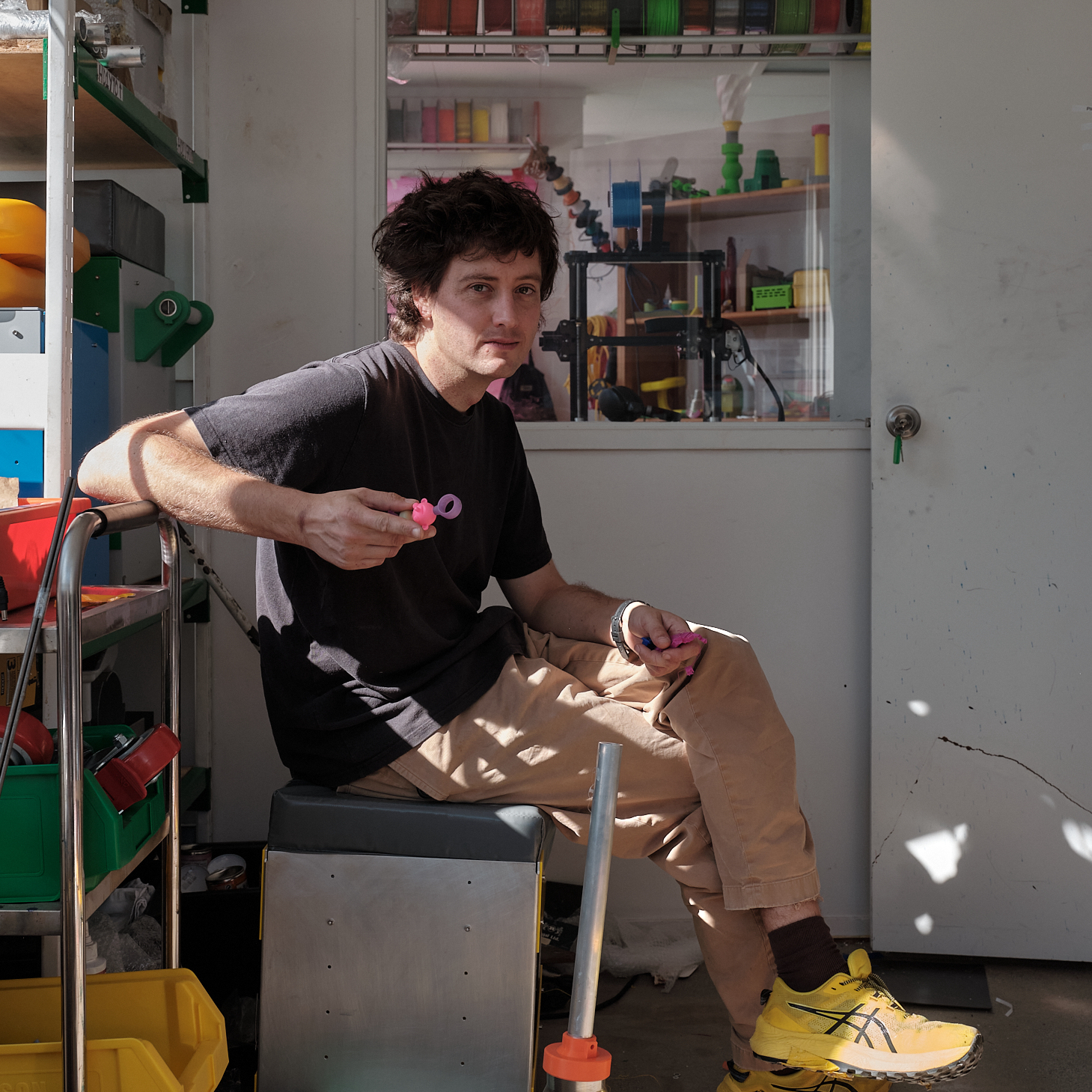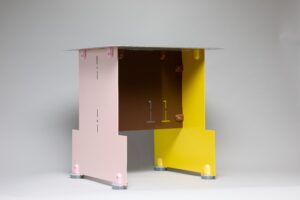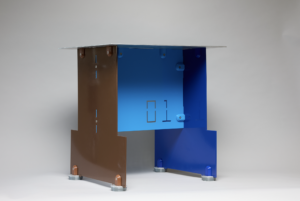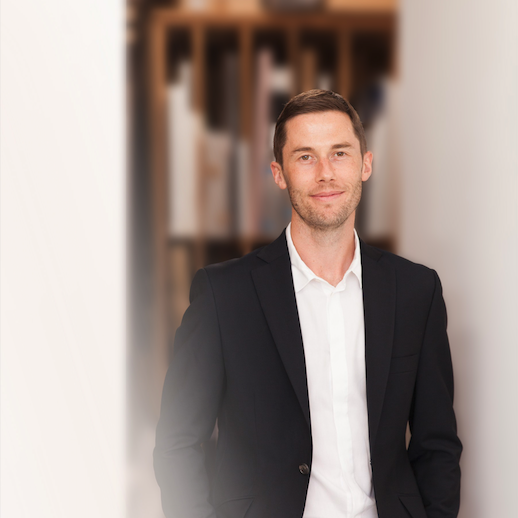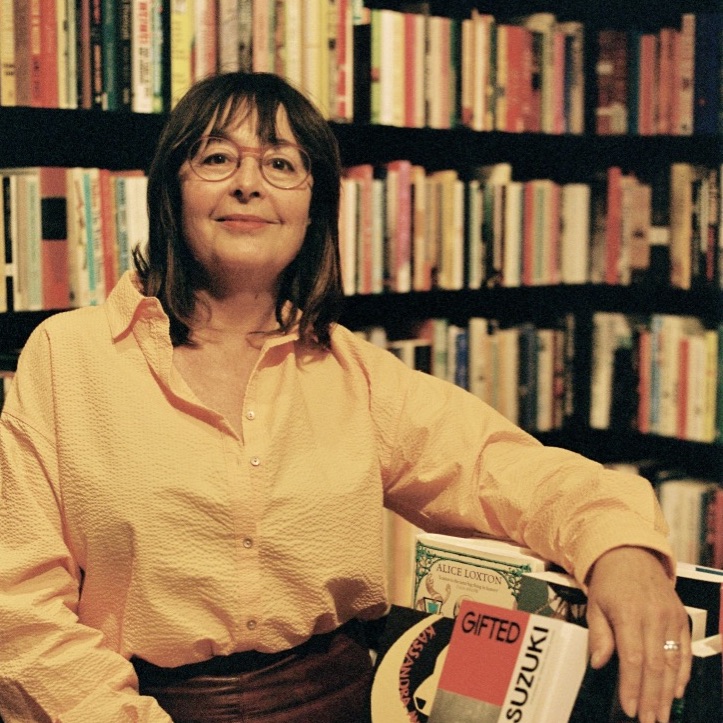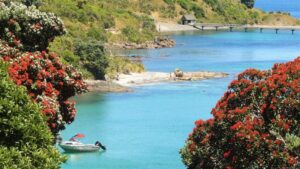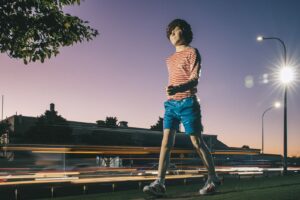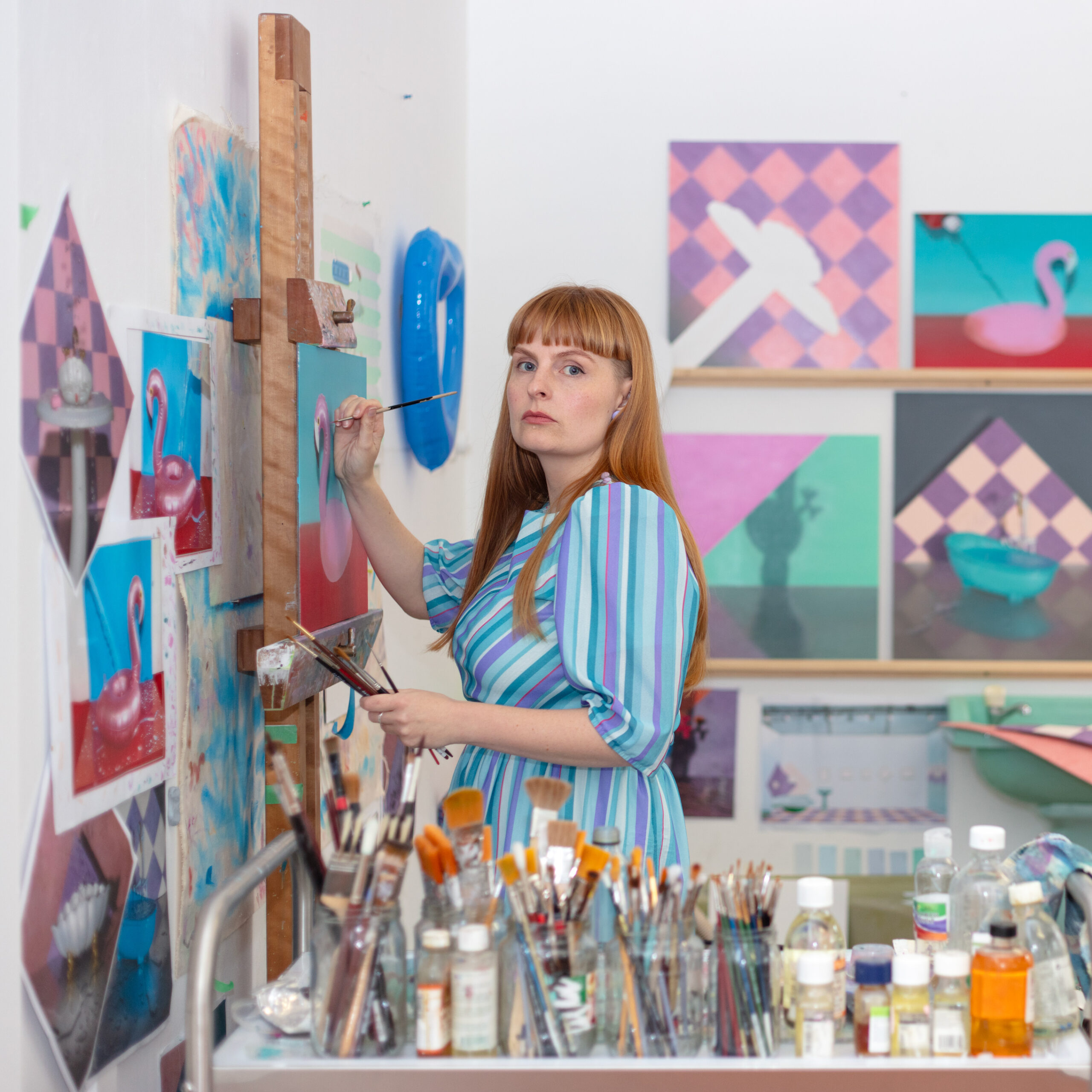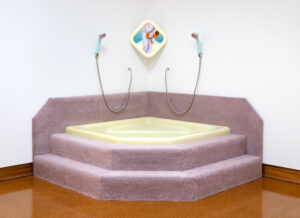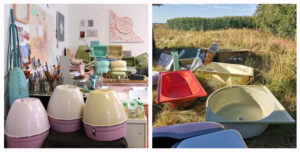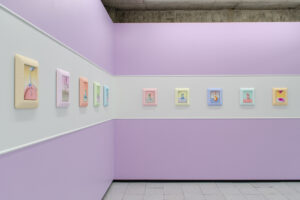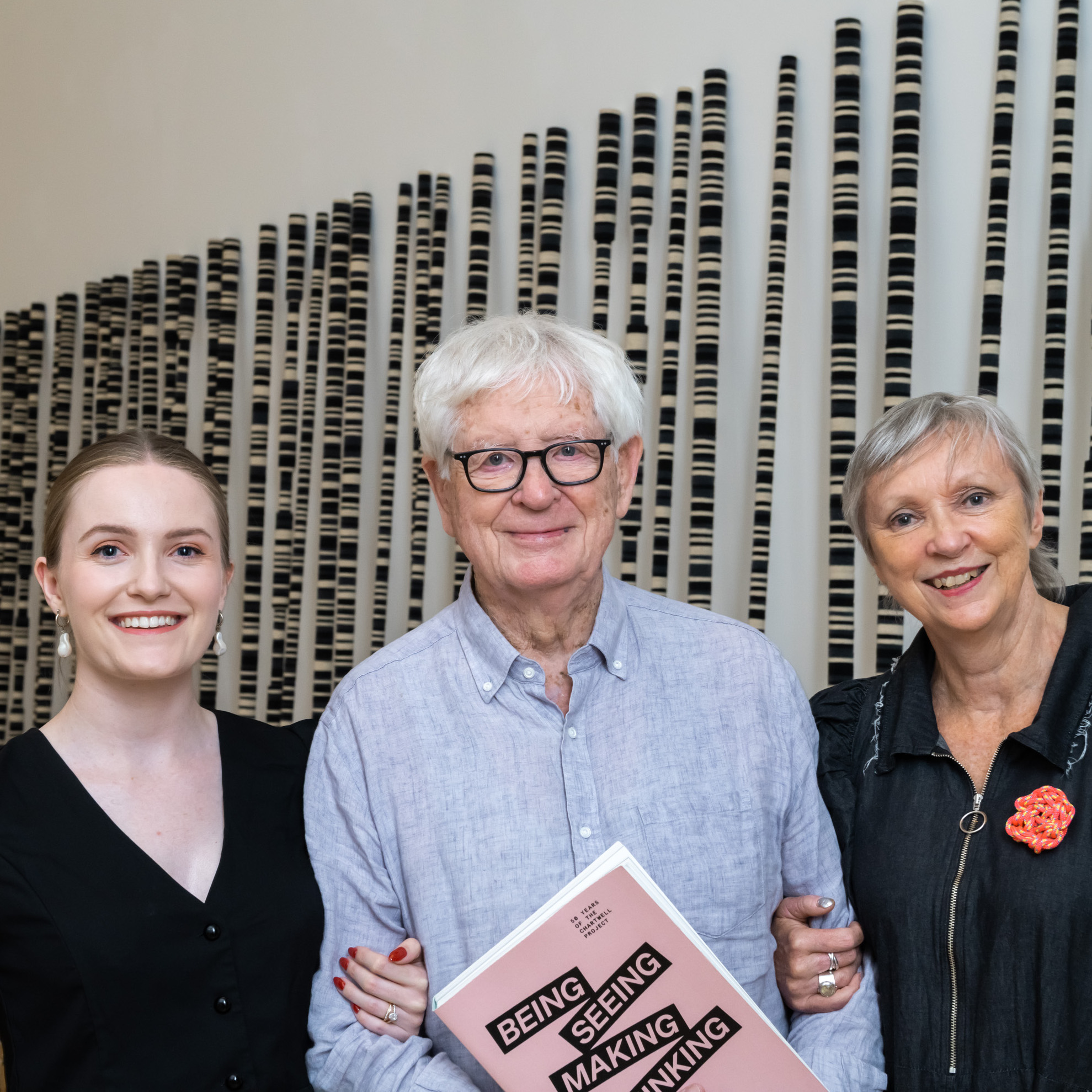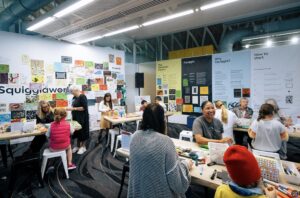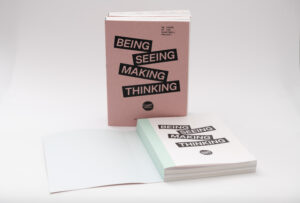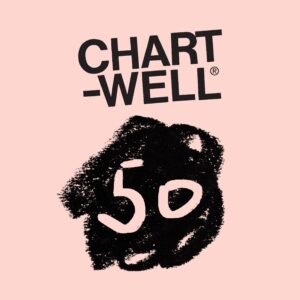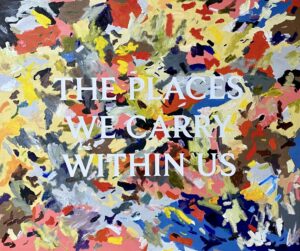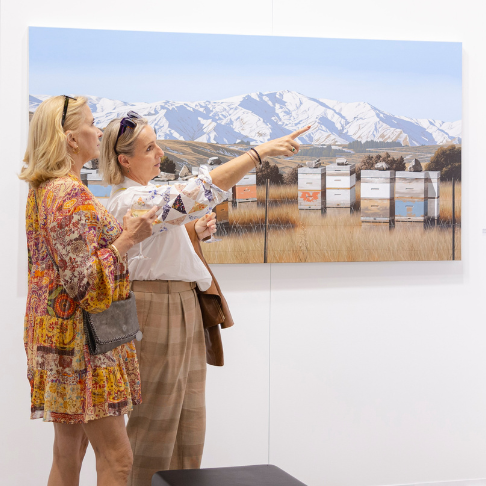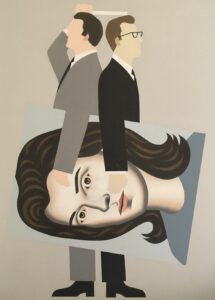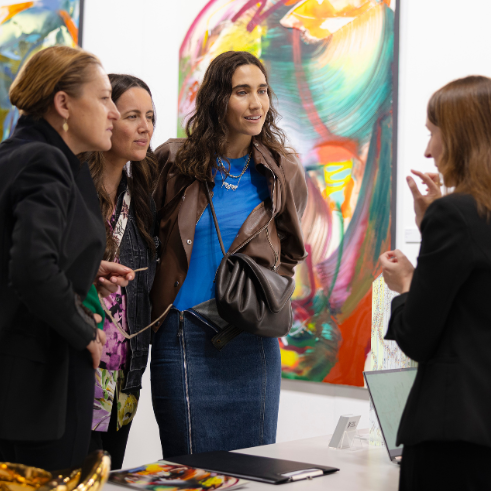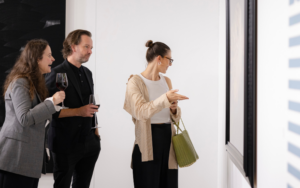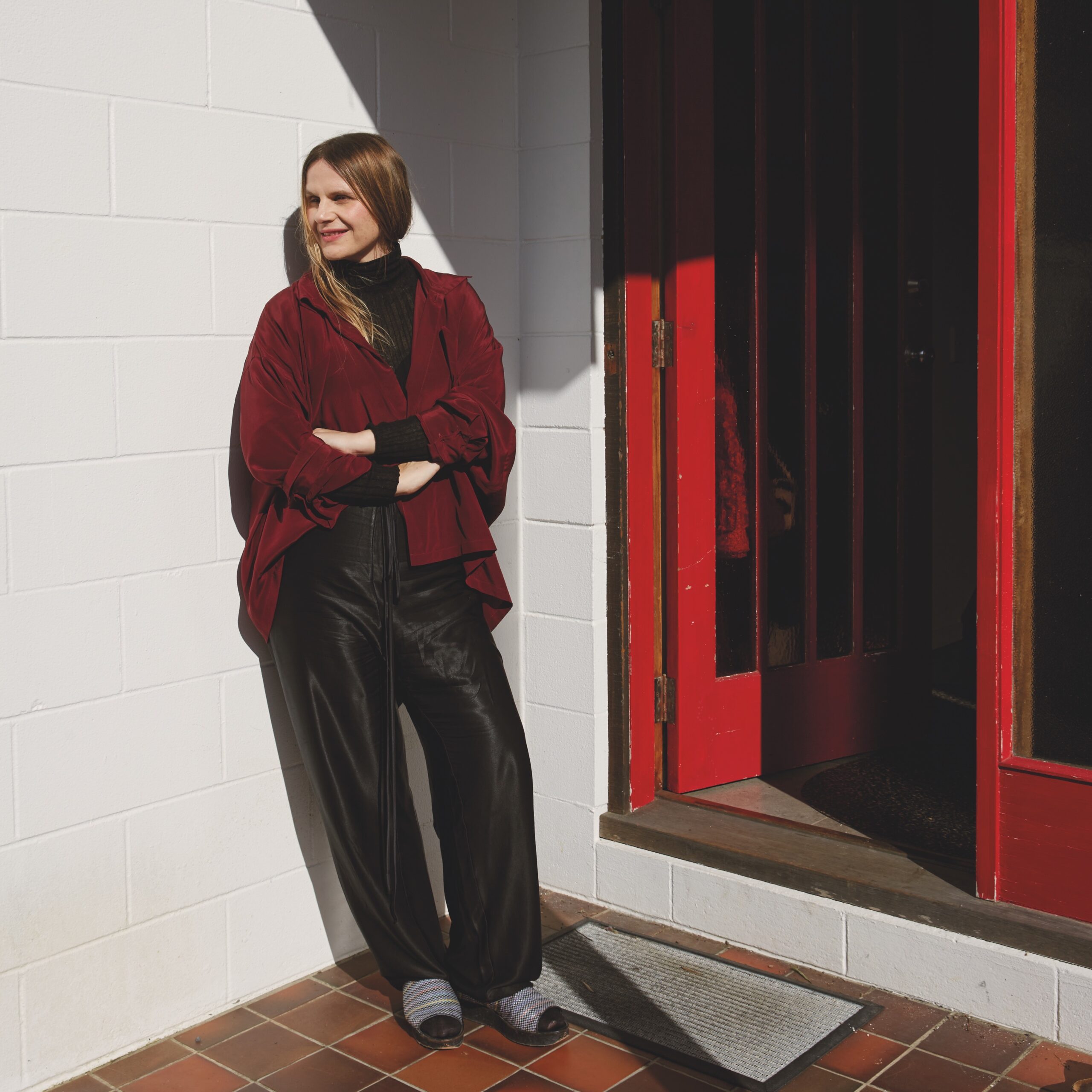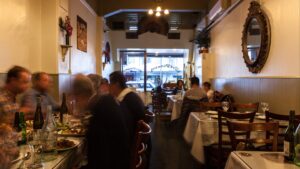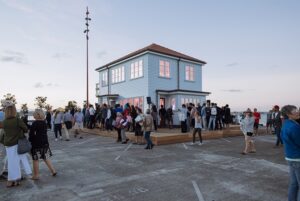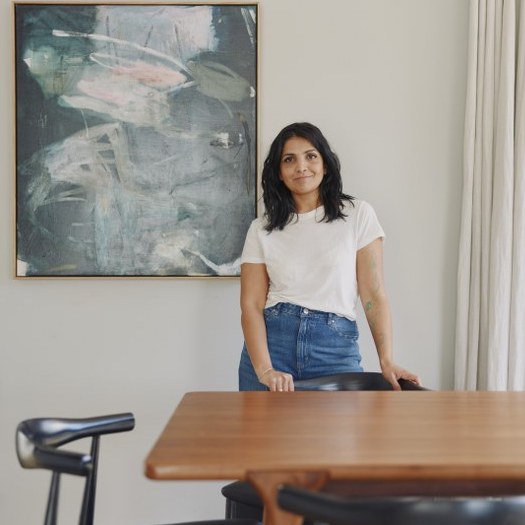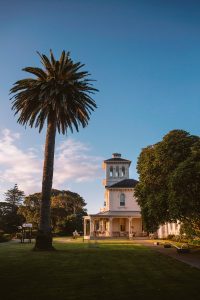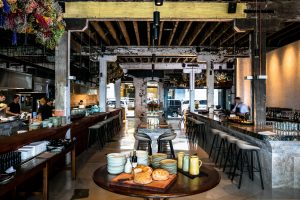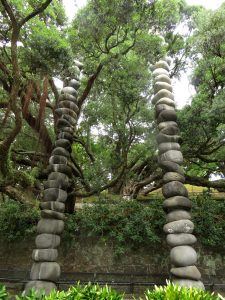We spoke with artist Jamie Te Heuheu (Ngāti Tūwharetoa), about his current exhibition with STARKWHITE. Read on to discover more about Jamie’s creative journey.
____________________
Looking back, what moments or experiences set you on the path to becoming an artist?
There are so many… The earliest is when changing high schools in my final year, and being unsure of what to do after graduating. I had a supportive and enthusiastic art teacher who encouraged me to consider art school. Of course, when I arrived it wasn’t easy. I was told that I lacked fundamental drawing skills and would struggle to get into painting the following year, while it was hard criticism to take in, it was the kick I needed. I proved that lecturer wrong in the end, we have a good relationship now too! He’s a big supporter of my practice.
One moment I reflected on often was the first time I encountered Painting 1972 by Milan Mrkusich, at the Christchurch Art Gallery, it was the first time I experienced that ineffablepower that artworks can have, it really shifted the furniture and changed how I appreciate, and encounter works of art. It’s an experience that I hope my works cause other people to have.
And lastly, it’s the many people that I have met along the way, I’m really fortunate to have formed many friendships that have supported me to be where I am today.
You’ve described this series as a “deep dive into colour theory” – what have you learned or unlearned about colour through this process?
I’ve been thinking about colour theory in two ways, the practical side of colour mixing and the psychological and emotional impact of colour.
Prior to this exhibition, while my recent works have explored colour almost exclusively, most of the paints I used were created from trial and error, using an emotional response to the paint to decide if it was right or not, I never really slowed down to understand and take note of how I created these colours.
For this exhibition, I spent time researching limited colour palettes used by artist such as Anders Zorn, famous for only using four colours. While my palette differs significantly from his, studying these constraints helped me think more intentionally about my choices, creating boundaries that challenged and expanded my approach.
So, for the current body of work I wanted to slow down and revisit the basics, in order to deepen my understanding of how colours interact, of how colours combine create new hues, tints, shades, and tones, and how subtle changes can alter our response to the work.
The other side is that I view colour not just as a visual element, but as a way to express emotion, evoke a sense of place, and convey the complexities of feeling. I’ve been thinking more and more, especially as I start to investigate multipaneled painting, I’ve been paying attention to how colours interact with one another, how the tension and/or harmony between these colours effect our read of the work.
While I’m classed as a colourist, I’ve still got a lot to learn, it could be a lifelong investigation.
What kind of experience do you hope viewers have when they spend time with your work?
I have intentions in mind when I create the works, the associations I want, whether they are emotive or historical, and sometimes the works themselves can evoke that, but sometimes they don’t, and that’s fine too.
But, when it comes to exhibiting the work, my thinking is much more in tuned with the minimalist. The meaning is not inherent in the object itself, but rather it emerges from the viewer’s interaction with it and their personal interpretation. What I want to do to is create work that slows down the viewing experience, artworks which change as you move around it; where colours are elusive, changing with your position and with the surrounding light. I want the works to reward a longer viewing experience, and in turn changes how you, the viewer, thinks and feels. The titles are there to help the viewer find a way in, should they need it.
Pictured: Jamie Te Heuheu, You and I In Unison (Installation View), 2025
Is there a colour you’re drawn to again and again, even unintentionally?
Black and dark blues, I’m not sure why, they remind me of the ocean on a stormy day, where the sea and the sky almost merge into one on the distant horizon. I’d like to paint it one day, to replicate that feeling of experiencing it. It’s powerful, dramatic and quite contemplative.
How do you imagine yourself, your practice, to look in 10 years time?
Tough Question! It’s great to have a game plan written up a few different directions. A few years ago I could only imagine I would be supported by my current galleries and I still can’t believe I am where I am now. I often to have to stop a moment and appreciate it all.
I have so many ideas that I am still figuring out quite how to pull off, so I hope my practice is continuing to evolve as I continue to push myself, my boundaries and deepen my research.
Currently, I am balancing a full-time job, a busy practice and everything else in life. I’d love to have a financially sustainable practice and a sustainable balance in life where I can focus and devote more time and energy to my practice, and time to the many things that inform my practice; though I’d hope this is much sooner than 10 years.
I’d love to exhibit internationally, take part in residencies, and find ways to contribute to the eco-system around me, especially by supporting the next generation of emerging artist.
